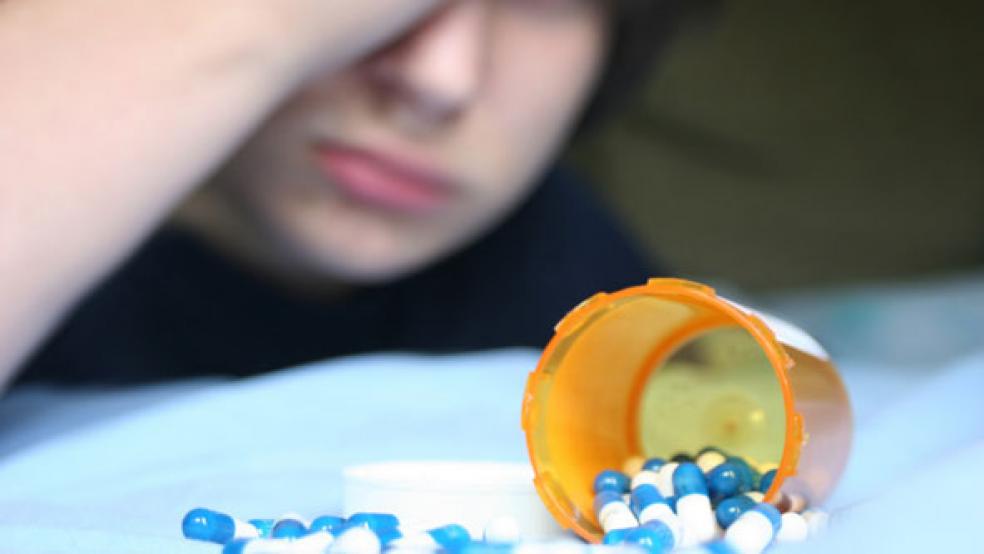The number of children being diagnosed with attention deficit hyperactivity disorder, or ADHD, has increased 53 percent in the past decade, and today, nearly one in five high school boys has received a diagnosis, according to a report yesterday in The New York Times and new data from the Centers for Disease Control and Prevention.
“Those are astronomical numbers. I’m floored,” Dr. William Graf, a pediatric neurologist in New Haven told The Times.
Approximately two-thirds of those diagnosed receive prescriptions for drugs like Ritalin or Adderall, which have been shown to improve academic performance and behavior for those with ADHD – but they can also increase levels of addiction and anxiety.
RELATED: iChildren: How Apple Is Changing Kids’ Brains
The cost of frequent prescription refills, doctor visits, counseling sessions, and academic assistance for children diagnosed with ADHD can add up for families and taxpayers. A study in the Journal of the American Academy of Child and Adolescent Psychiatry found that the total spending on ADHD ranges from $143 billion to $266 billion a year, and the direct annual costs for treatment are estimated to be $1,574 per person, plus $2,278 a year for family members when indirect costs like productivity losses are taken into account. Those with ADHD can also have higher general health care costs. For example, one mother mentioned in a New York Times story last year had all of her children on ADHD treatment drugs, as well as a nightly sleep medication to counteract the effects.
Sales of prescription drugs for ADHD treatment have more than doubled, going from $4 billion in 2007 to $9 billion in 2012, according to IMS Health, a health care information and technology company. The costs of the drugs can range from around $15 a month for generics to $500 a month for brand-name drugs. The popular Adderall drug averages about $280 a month, according to Consumer Reports.
Thirty-five percent of parents in a Consumer Reports survey said that the costs of treating ADHD were completely covered by their child’s health plan. Taxpayers take on the costs of those covered by Medicaid. Fourteen percent of school-age children covered by Medicaid are diagnosed with ADHD, one-third higher than the rest of the population. Georgia alone spends about $28 million to $33 million on ADHD Medicaid care.
Many experts worry that doctors are over-diagnosing the disorder for children experiencing normal academic and behavioral challenges, with one child psychiatrist telling The Times he used to advise parents that Adderall was “safer than aspirin” before learning that many students were abusing the drug to boost academic performance. Some argue the increasing diagnosis rates are simply because of under-diagnosis in the past. The American Psychiatric Association, for example, wants to change the definition of ADHD in order for more people to receive treatment.
But others say aggressive pharmaceutical advertising campaigns, poor education environments, and parents looking for a “quick fix” to help their child succeed are all driving the high diagnosis rates. The most common age to be diagnosed is 14 to 17, when children are going through many biological and emotional changes. Rates of diagnosis vary widely across the country – from 23 percent of school-age boys in southern states like Louisiana and Tennessee, to less than 10 percent in Colorado.
“There’s no way that one in five high school boys has ADHD,” James Swanson, a psychiatry professor at Florida International University, told The Times. “If we start treating children who do not have the disorder with stimulants … some of them are going to end up with abuse and dependence.”


